Gypsy glamp rocks
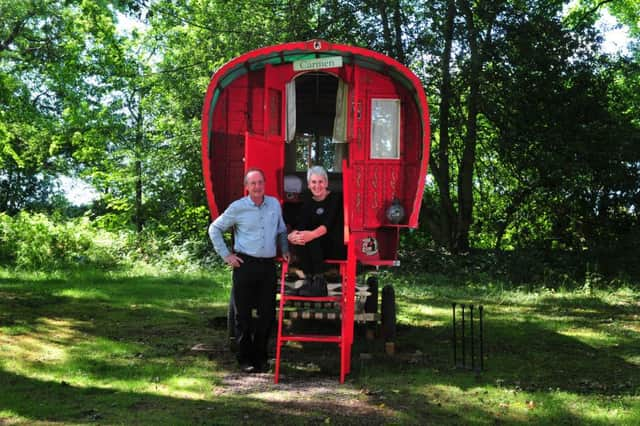

It took William Wilberforce two years of agonising before he finally put the “For Sale” sign on Markington Hall by which time the recession had hit.
“It wouldn’t sell and it wouldn’t let either,” says William, whose namesake and great grandfather was the famous politician and philanthropist who helped abolish the slave trade.
Advertisement
Hide AdAdvertisement
Hide AdIt didn’t help that the historic property, between Ripon and Harrogate, was in need of renovation after years of benign neglect. That’s why William and his wife, Julie, took the decision to leave their home nearby and move into the hall.
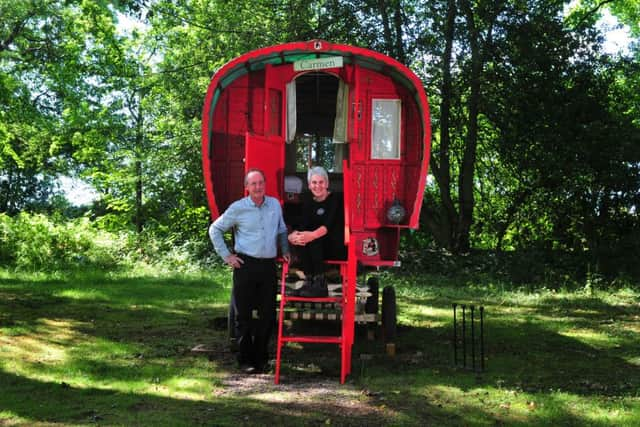

The couple have committed to the long-term project and have made good progress thanks to their creative and hands-on approach.
Their latest enterprise, aimed at raising funds for the hall’s restoration, is Copper Beech Glade, a small glamping site with a trio of gyspy caravans.
The vans sit in a meadow surrounded by ancient trees with a trout river running alongside. It is an idyllic spot and if it wasn’t for the timber lodge at the entrance to the site, it could be a scene from the mid-1800s.
Advertisement
Hide AdAdvertisement
Hide AdThat marked the start of a 70-year heyday when the Romani swapped carts and tents for horse-drawn vans, also known as living wagons and vardos.
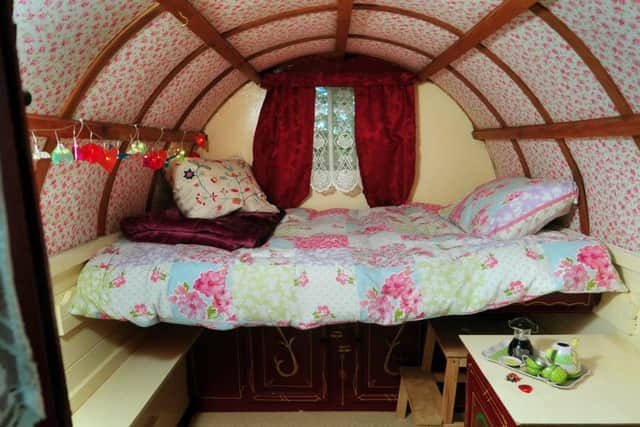

They were a common sight in Britain but were replaced by caravans and camper vans. The originals are highly prized and shown at horse fairs, including the famous Appleby fair. There are fewer than there might be thanks to the traditional Romanichal funeral rite practised in the late 19th and early 20th century, which dictated that if a person had died in their van it must be burnt, along with their belongings.
“We looked at yurts at first but you have to erect and dismantle them. We like the fact we can wheel the wagons away into a barn in winter,” says William.
The first, Carmen, is an authentic van from Cornwall. They also found Rosita, an original children’s van.
Advertisement
Hide AdAdvertisement
Hide AdTheir third, Bella, is a faithful reproduction made by an enthusiast, who intended to travel round in it.
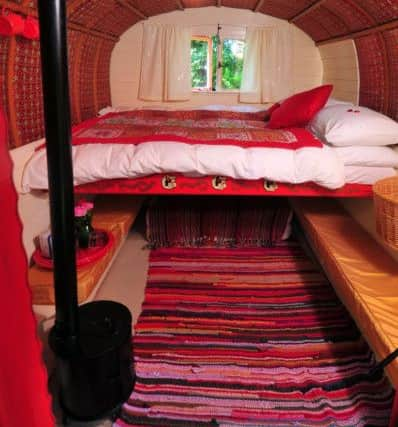

“It is beautifully made but he made it on a metal chassis and when it was finished he realised it was just too heavy to pull, so he sold it to us,” says Julie.
They are all wooden bowtops, which feature curved roof slats topped with canvas. The back and front walls of the vans are decorated in traditional designs and there’s a wooden box on the back where the Romani would put their crockery and breakables when travelling.
Inside, the roof slats are insulated with carpet underlay and covered in colourful fabric.
Advertisement
Hide AdAdvertisement
Hide AdThere is a sleeping platform with room for storage underneath, a seating bench, pull down shelves and hooks for cups and lamps. There’s also a small cast-iron cooking stove, although this is now purely decorative thanks to health and safety rules. It’s much more fun for visitors to go native and use the camp’s fire pit, which comes with tripods and cooking pots. Or they can use the outdoor kitchen, which includes a microwave and kettle, and a vintage trunk full of outdoor toys.
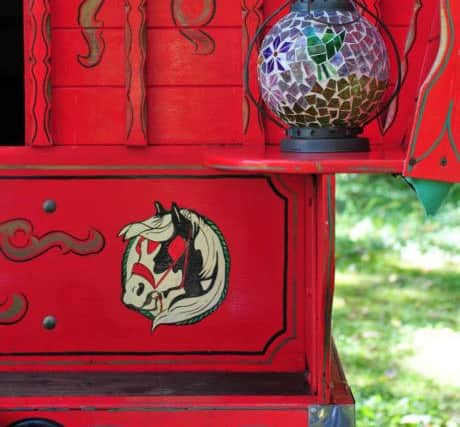

The trunk is William’s and is a reminder of his globetrotting childhood and his father’s career in the diplomatic service.
There’s a shower at the rear, which is clad in corrugated tin, inspired by outback showers in Julie’s native Australia. A timber lodge provides a communal dining and sitting room. “There are three fridges in the lodge, one for each van. We had one at first but children kept going in and eating other people’s food, so we decided it was best not to share,” says Julie. “The vans also have electric lamps and heaters. We realised that people would only glamp so far. They want a degree of comfort.”
She and William, a former accountant who has also worked as a lumberjack and gardener, are practical.
Advertisement
Hide AdAdvertisement
Hide AdHe looks after the outside space, while Julie, a photographer who also works at the village pre-school, uses her eye for design to make the vans cosy and welcoming.
The couple also came up with the design for the composting toilet, which is posh compared to the basic versions and it also proved a lot cheaper than buying from a specialist supplier.
The luxury long-drop sits at the other end of the field and boasts a stable door so it’s officially a loo with a view.
The setting and the novelty of sleeping in a gypsy caravan has proved a great success with everyone from weekenders and walkers to families to wedding parties.
Advertisement
Hide AdAdvertisement
Hide Ad“It’s been amazing and it’s great to see people really enjoying the site. It looks stunning, especially for the wedding events when the trees are lit up at night,” says William.
The income has been put to good use in the hall, which dates to the early 1400s with wings added in the 17th and 18th century.
Although much work has now been done, there is still more. The roof is leaking and there are ongoing repairs to the crumbling exterior, which requires specialist stonemasons.
Thanks to a friend in France, they are also taking part in a work experience scheme with the Compagnons, a French guild of craftsmen and women.
Advertisement
Hide AdAdvertisement
Hide AdIts apprentice masons learn traditional building techniques and part of their education is to “tour” around France and abroad as an apprentice to a competent master craftsperson.
In return for a small income and free board, the apprentices work on the hall.
“It’s been wonderful and the quality of their work is absolutely exceptional,” says William. “It will be another five years just to do the stonework, then there’s the roof and the tithe barn that’s propped up with scaffolding. It’s like the Forth Bridge but we don’t regret taking it on. We hope to leave it in much better shape.”
For details on Copper Beech Glade visit www.canopyandstars.co.uk